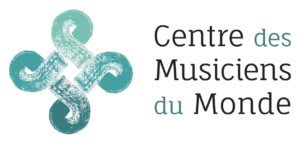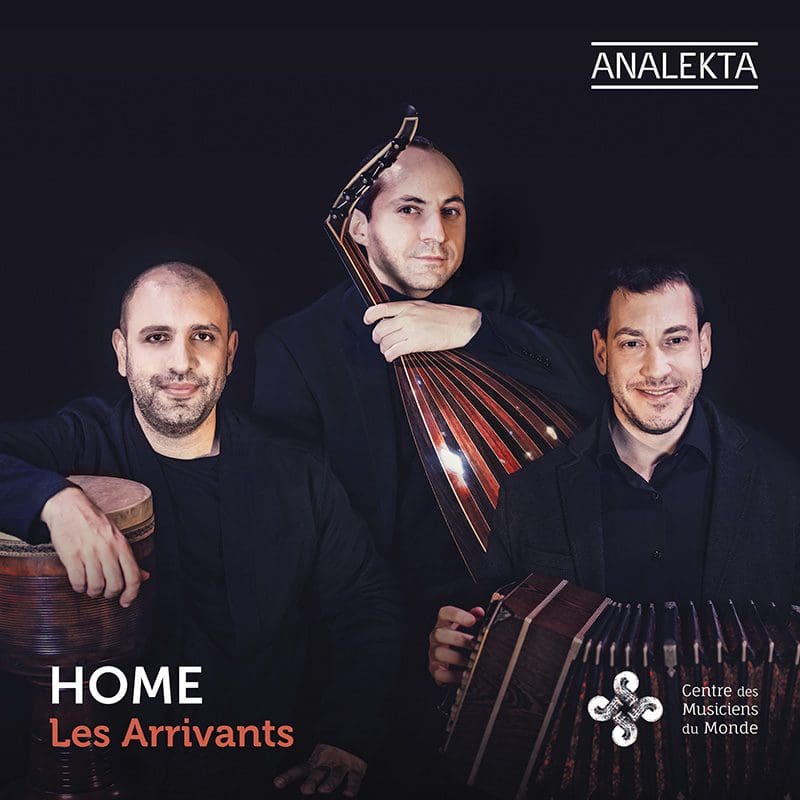Le Duo Perse-Inca est né à Montréal d’une rencontre entre deux musiciens et compositeurs porteurs de riches traditions de l’Iran et du Pérou, Showan Tavakol et Federico Tarazona. En mariant les langages, les techniques et les esthétiques, ils donnent naissance à une musique contemporaine où dialoguent deux peuples ancestraux incarnés par deux de leurs instruments représentatifs, le kamancheh iranien et le charango des Andes.
La pièce d’ouverture intitulée Dialogue Kurde-Andin est le résultat de la toute première rencontre entre Showan et Federico. Dans une improvisation en forme de dialogue, le kamancheh s’exprime dans des modes de la musique kurde tandis que le charango fait entendre des textures sonores typiques de la musique andine.
Inspirée du mode Bāyāt-e Esfahan de la musique persane, Isfahan emprunte son rythme à la technique d’accompagnement de la marinera (anciennement connue sous le nom de zamacueca), un genre musical du Pérou.
En solo au charango, Federico interprète L’aube de Gabriel, une berceuse composée pour réveiller son fils.
Zapateo de los Lagos est un hommage au guitariste Alvaro Lagos, créateur de la technique de jeu à partir de laquelle Federico élabore son accompagnement au charango. Cette pièce repose sur un rythme de danse afro-péruvienne – le zapateo – auquel se joint le kamancheh dans un rythme plutôt tiré de la danse iranienne.
Partant du mode Navā de la musique persane, Échos des montagnes est une oeuvre impressionniste suggérant les échos qui résonnent dans les régions montagneuses au Pérou comme en Iran.
Pièce en trois parties, Čahārgāh s’inspire du dastgāh (mode) persan du même nom ; le kamancheh et le charango dialoguent dans une atmosphère atonale, puis les deux instruments livrent ensemble une interprétation plus traditionnelle du mode avant que le charango ne se le réapproprie, dans une phrase finale en solo.
Dans Carnaval Ayacupersa, le charango fait entendre les motifs caractéristiques de la musique de carnaval de la région d’Ayacucho au Pérou, pendant que le kamancheh reproduit une danse traditionnelle péruvienne qui se teinte peu à peu des sonorités propres à la musique persane.
Pour son improvisation Épopée de Simorgh, Showan s’est imaginé le son du vol plané de Simorgh, un oiseau fabuleux de la mythologie iranienne.
Une imitation de deux instruments typiques de la musique traditionnelle péruvienne, d’une part la harpe recréée par le charango, d’autre part le violon évoqué par le kamancheh, Chupuro réfère au nom du village où est né le célèbre violoniste péruvien Zenobio Dagha.
Pour conclure, Maruchaan est une oeuvre où les influences musicales du Balouchistan (région d’Iran) sont portées par un rythme qui rappelle des genres musicaux sud-américains.











